Gear To Combat Preventable Death At Point Of Injury
No matter what kind of range you shoot at, it’s a great idea to have an IFAK as part of your range bag. An IFAK, usually referred to as an individual first aid kit or improved first aid kit, is set-up to give you what you need in a trauma situation near the firing line. But you probably already knew that. In fact, if you clicked on this post link I’m assuming you might be wondering, “what should I really be carrying in my IFAK and what is wasted space?” Don’t worry, you aren’t alone. So, let’s walk through what IFAK contents you should consider to make sure you’re prepared when and if you need it.
*It is highly recommended that you obtain quality medical training from credible sources prior to carrying an IFAK. This post is written with the assumption that you have at least a basic understanding of penetrating trauma and it’s treatment.
I will do my best to guide you toward evidence based supplies in this article. However, what you choose to do with the information provided is ultimately up to you. In a world full of people spending several hundred dollars on drop-in triggers, the price tag on proven medical supplies is well within reason. The fact that you are here, reading this article, is a great sign of where your priorities are. I didn’t even bait you in by using “9mm” in the title.
Choosing The Right IFAK Contents
When it comes to components, the options are seemingly endless and every manufacturer claims to have the “best” of each and every possible item. Every company and every sales representative can’t be right, as we know. So, let’s dive in and go over the real foundation pieces that you should be stocking. Following the M.A.R.C.H treatment algorithm in your selection of components is a sure way of covering the right bases. 
- M- Massive Hemorrhaging
- A- Airway
- R- Respirations
- C- Circulation
- H- Hypothermia/Head Injuries
MARCH is an acronym TCCC-trained (Tactical Combat Casualty Care) individuals use to help remember the proper order of treatment. The acronym is commonly used in U.S. military training as part of tactical combat casualty care.
Massive Hemorrhaging
Following the list above, the contents of your IFAK should be based around a Committee on Tactical Combat Casualty Care (CoTCCC) approved tourniquet. You can stop extremity hemorrhaging effectively with the right tourniquet and right application.
Several tourniquet options are available, due to recent additions of the CoTCCC recommended device list.
The CAT Gen-7 from North American Rescue is a preferred tourniquet in most settings due to its familiarity among a wide base and ease of use. The CAT Gen-7 also allows for simple one-handed application. It’s considered the “standard” in many places due to its track record of success in the U.S. Military.
Another popular choice is the SOF Tactical Tourniquet-Wide (SOFTT-W) from TacMed Solutions. The SOFTT-W enjoys a reputation among medics as an extremely robust and proven option in the harshest of environments.
Pro-tip: purchase one tourniquet as a “trainer” and only use it for training. You are avoiding excessive wear on your staged tourniquets by having a designed trainer.
Make sure that you inspect your tourniquets periodically, and check for the following issues:
- Frays on any fabric or essential hook and loop surface
- Damage to structural components
- Stitching separation
You want to be entirely sure that the tourniquets you are carrying will perform flawlessly when needed.
Pressure Bandages for your IFAK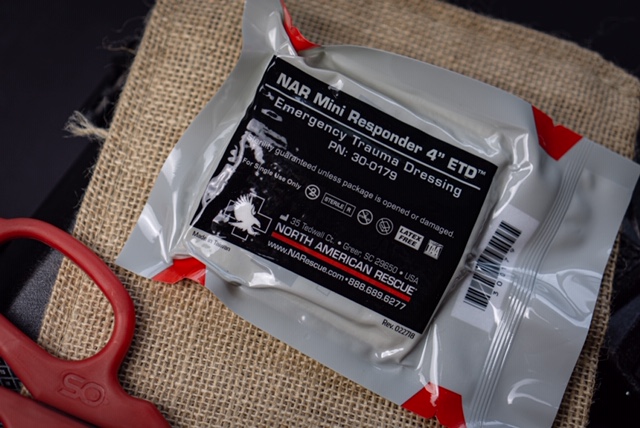
We know that every injury may not need a tourniquet, and if so we will need something to hold pressure on the wound. Keeping an elastic wrap or designated emergency trauma dressing in your IFAK will really assist with this. With the goal of applying firm pressure, we recommend that you choose a bandage that can handle the tension and shy away from “generic stretch gauze” for this role.
For injuries in the junctional areas, wound packing gauze is essential. This takes us back to the CoTCCC recommended device list, which highlights several products. The most common and trusted among the group will usually be QuikClot Combat Gauze from Z-Medica. QuikClot Combat Gauze is a proven hemostatic gauze. It’s designed to effectively stop bleeding rapidly in conjunction with applied pressure.
Pro tip: Some medics and range safety officers may insist QuikClot gauze can be more trouble than it is worth because it can lead to skin burns. You should know, they made Combat Gauze before 2009 without Kaolin as its clotting agent. Modern gauze uses Kaolin which does not produce heat when applied.
Having hemostatic gauze is great, but standard wound packing gauze with proper wound-packing technique is proven to be an effective method of stopping junctional bleeding as well. Standard gauze will drop the price of your IFAK significantly.
Standard S-rolled gauze packs are typically only a few dollars each compared to the approximate $40 or more commonly spent on hemostatic gauze. Regardless of the route you take here, make wound packing gauze a priority item, that is easily accessible in your IFAK.
Carry Primary Solutions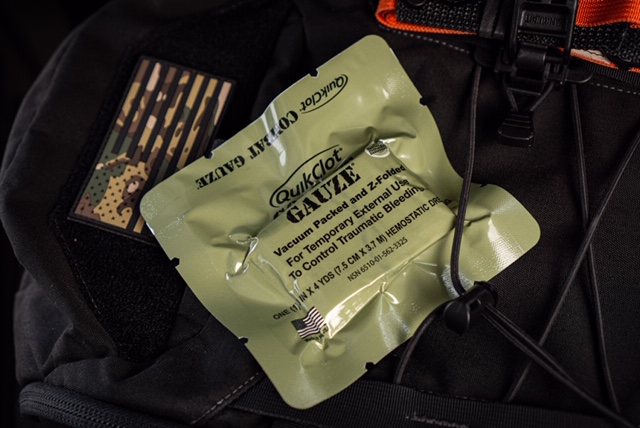
Ignore your step-cousin’s best friend who was a “Delta Team 8, Special Forces, Sniper.” Tampons don’t belong in your IFAK. The common online rumor that you can use a tampon to “plug” a bullet wound is just not true.
Designated wound packing gauze is typically 3″ x 4″ in length. Compare that to approximately 1″ x 3″ of gauze in a tampon. A tampon is not going to provide adequate packing material for a serious bleed.
I highly recommend you invest in primary treatment tools and not attempt to “wing” it by relying on an improvised option. If you are going to “wing” it with anything, just don’t let it be a life-saving device.
You can apply the same above information to each component in your IFAK. Invest in the right tools.
Wound Access
It is always a great idea to carry trauma shears as part of your IFAK contents. Accessing a wound may difficult due to whatever your patient is wearing clothes wise. Being able to physically see the wound is very important. You can achieve that by using a pair of trauma shears.
Picking up a cheap pair will usually do the trick, but investing in a premium option will really make the task easier. Some premium options are; the Leatherman Raptors, ER Life One Shear, and XShear.
Airway Management
Stepping away from bleeding control, the next in order is the airway. When it comes to airway adjuncts and your IFAK, the answer will almost always be a Nasopharyngeal Airway (NPA). The most common adult size is the 28F, and that is what a majority of folks will ultimately carry. When it comes to brand and type, there are a few options, but the most popular and respected is the Rusch Latex-Free Robertazzi. A new, “pre-lubricated” option on the market from Combat Medical is another great option worth considering.
Respirations
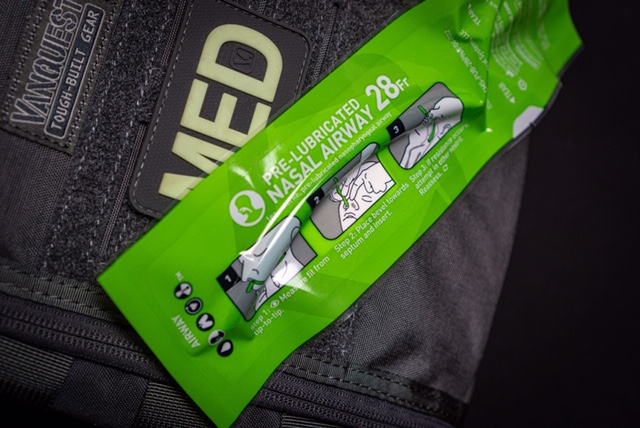
After airway, our focus is on respirations. The best tool(s) for your IFAK in relation to respirations, is going to be a set of vented chest seals. There are several great options on the market such as the Hyfin Vent chest seal from North American Rescue or SAM Medical chest seal.
Remember, carry two chest seals in your IFAK. That way, you have one for an entry wound and one for an exit wound. Using non-vented chest seals or improvised occlusive dressings may lead to a tension pneumothorax.
*A commercial grade chest decompression needle (or two) may be an appropriate addition to your IFAK based on training and position. For those in this category, check out the ARS or SPEAR from North American Rescue.

Circulation/Hypothermia
There are a limited number of items you can realistically fit in an IFAK that are useful in treating Circulation/Hypothermia. A rescue mylar blanket can be useful if you have the space but will not be very effective in post trauma care. Carrying items at an Advanced Life Support (ALS) capacity designed to assist in handling circulation and hypothermia can typically be carried in a separate, larger bag.
The items above are truly the “meat and potatoes” of your IFAK. Of course, you can make a few small additions to really complete the package.
“Bonus Items” You Should Consider Adding
- Nitrile Gloves
- Fine Point Marker (time of tourniquet application)
- CPR Face Shield
The importance of carrying medical and knowing how to treat life-threatening injuries is something many of us neglect. Let’s change that by promoting training and quality medical supplies. Hopefully the information provided motivates you to step up your preparedness level by investing in an IFAK or add to what you have.

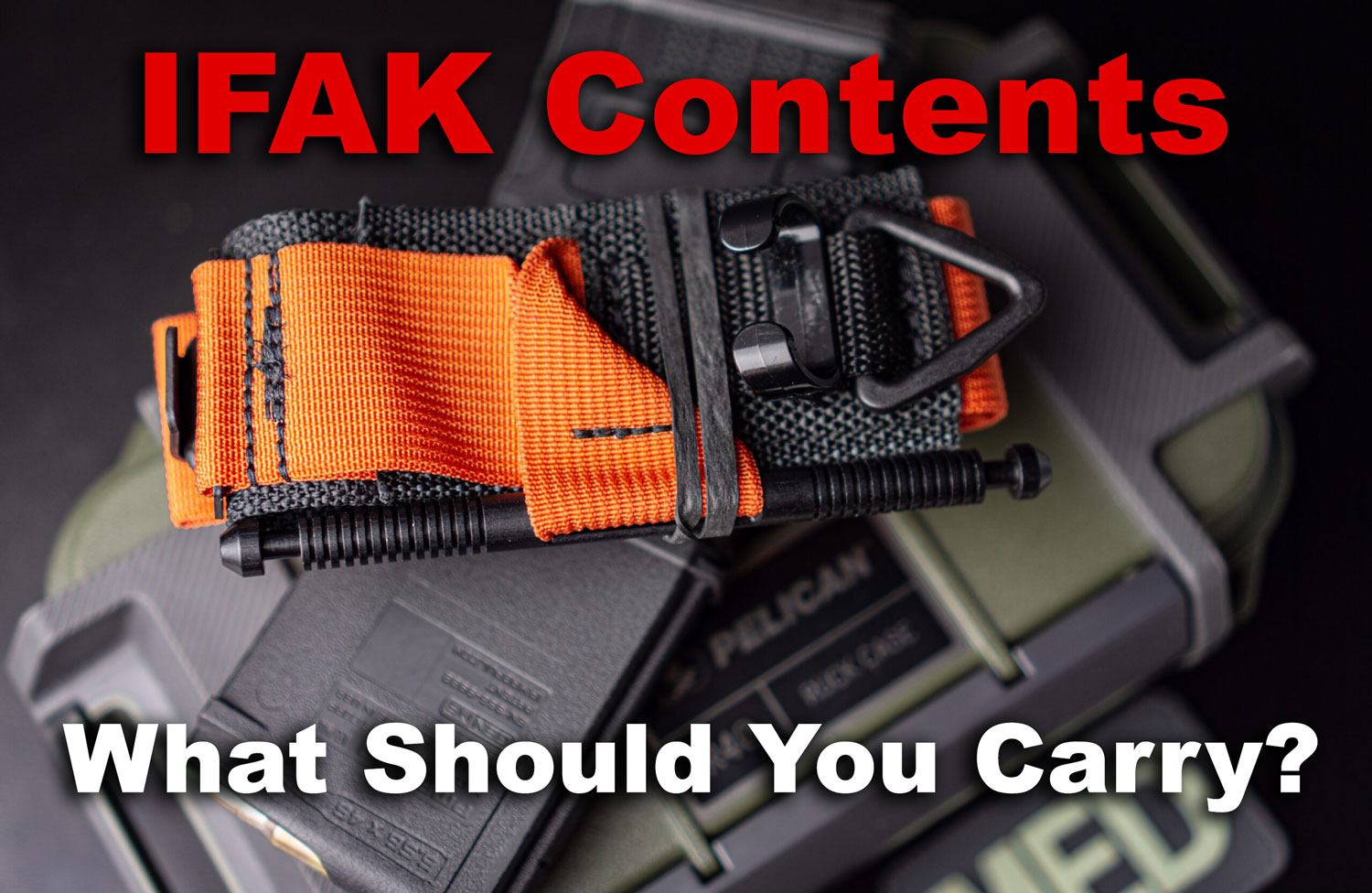

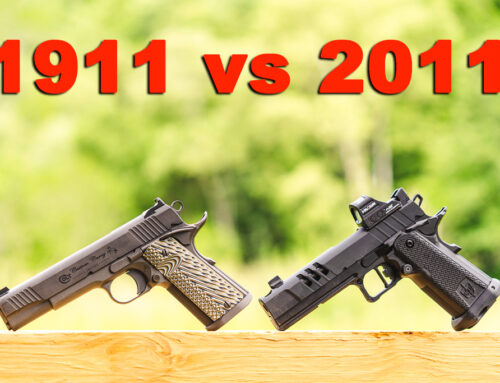
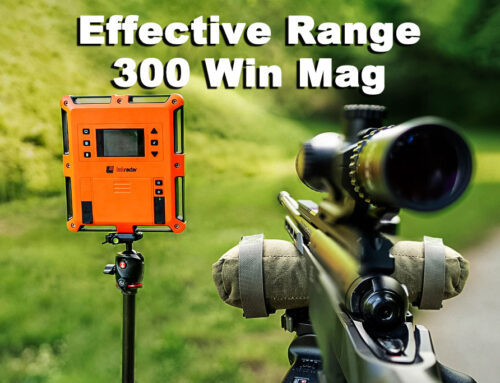

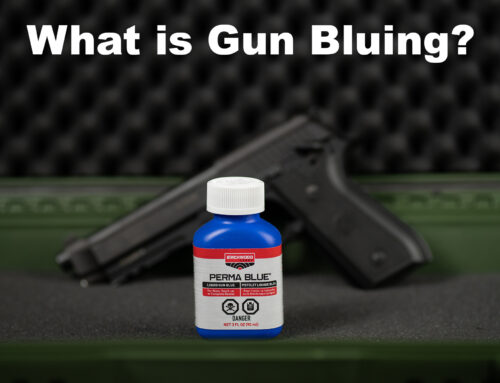
I am now a basic protective agent/ not true intermediate level MN protective agent.
I was an emt when I was a peace officer. After afew year of being injured/ med retired/ . now I work in a lobby/ tours. and patrol in many environments from low income, grocery store, and fed gov buildings.
i am hoping you can suggest a ifak for this type of work/ I am armed/. many guys are wearing half an ambulance in their kits on their belt. me. now I am a first aid aed and cpr level/ one step above basic first aid. And at 63 years old and am disabled. I have carried a torquate since my service day. can you suggest a kit that is small for a belt and supplied in useable equipment. like a mass blood loss type incident